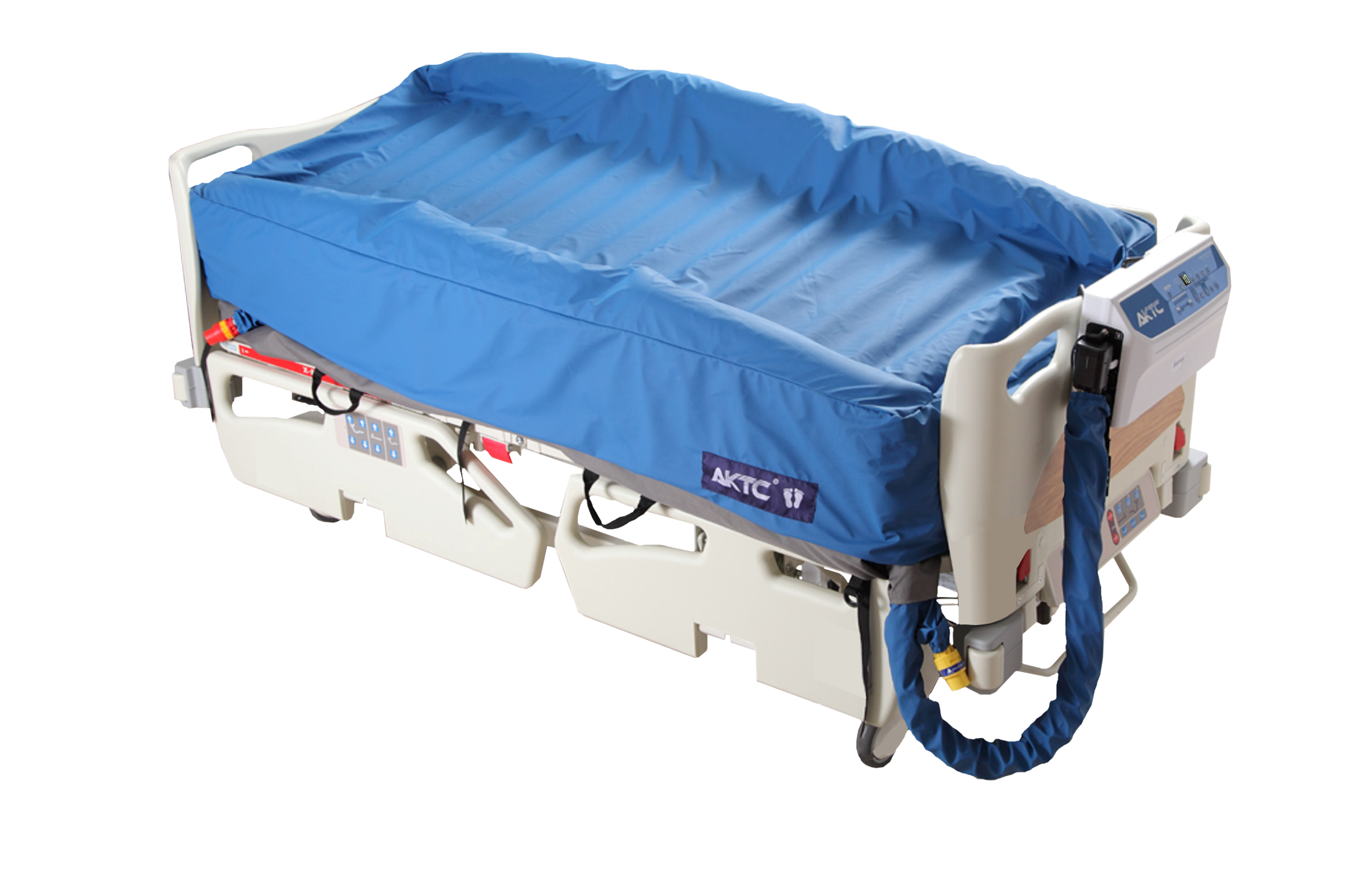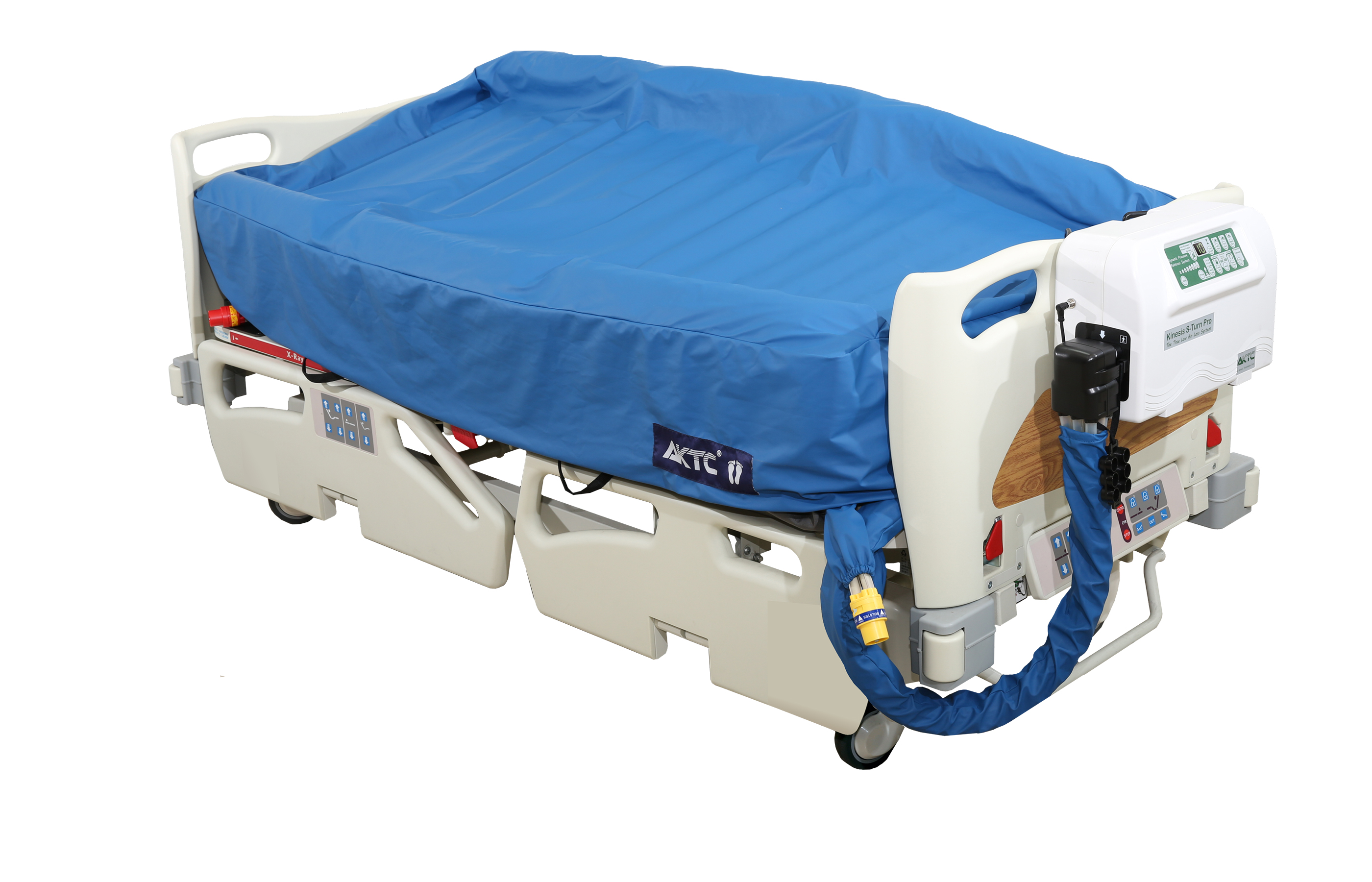A dynamic mattress replacement system powered by a microcontroller-programmed 9.0 LPM compressor digital pump, engineered for precision and efficiency. Equipped with a high-accuracy digital pressure transducer, it intelligently reduces power consumption once the target pressure is reached—ensuring whisper-quiet operation, exceptional energy efficiency, and long-lasting performance.
We understand what users need
The true testament to AKTC's dedication comes from the patients who rely on our air mattress systems.











